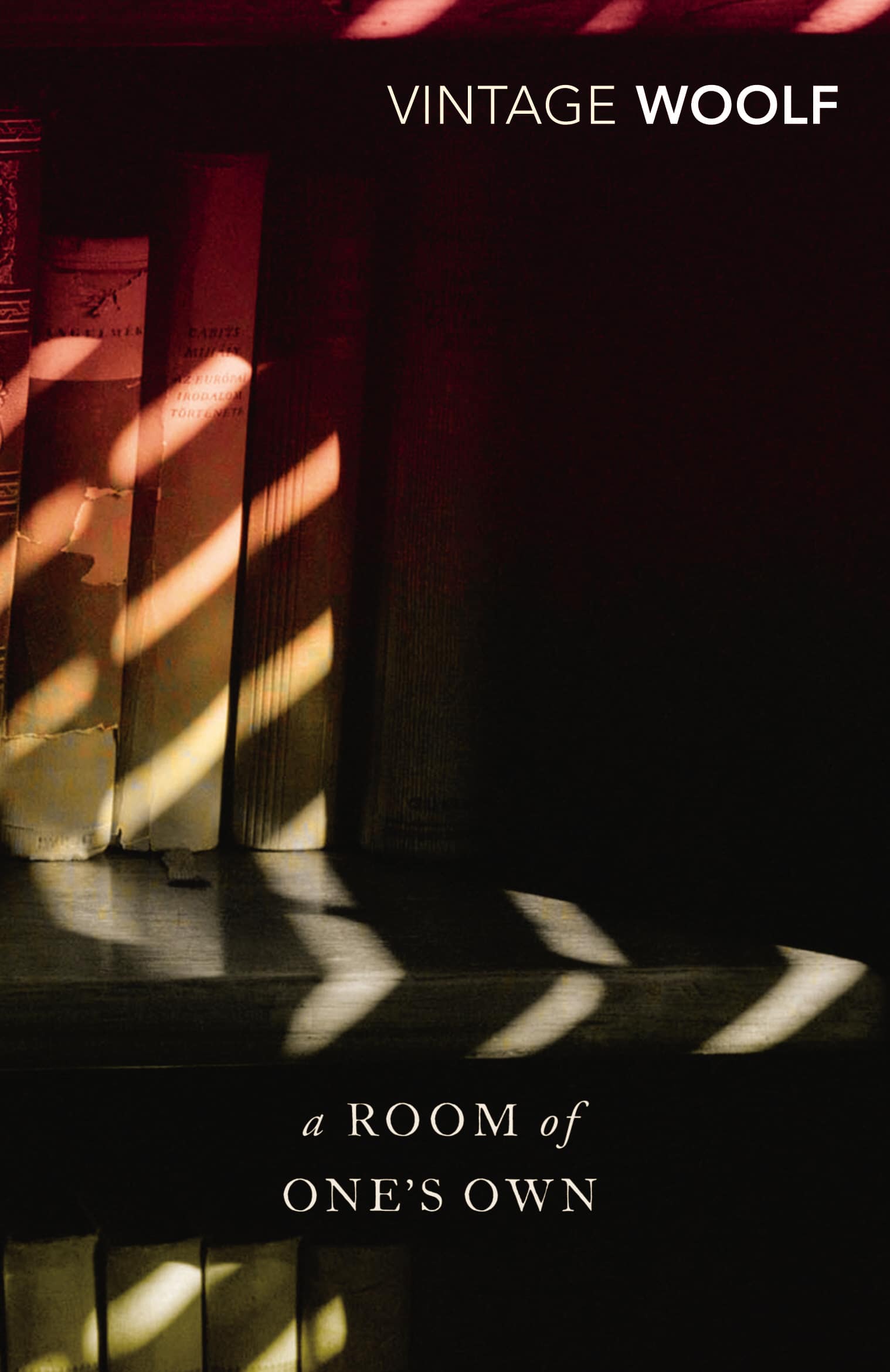A Room of One’s Own and Three Guineas
6.99 JOD
Please allow 2 – 5 weeks for delivery of this item
Add to Gift RegistryDescription
WITH AN INTRODUCTION, PLUS EXTENSIVE NOTES AND REFERENCES BY HERMIONE LEEThis volume combines two books which were among the greatest contributions to feminist literature this century. Together they form a brilliant attack on sexual inequality. A Room of One’s Own, first published in 1929, is a witty, urbane and persuasive argument against the intellectual subjection of women, particularly women writers. The sequel, Three Guineas, is a passionate polemic which draws a startling comparison between the tyrannous hypocrisy of the Victorian patriarchal system and the evils of fascism.
Additional information
| Weight | 0.223 kg |
|---|---|
| Dimensions | 1.9 × 12.9 × 19.8 cm |
| Author(s) | |
| Format Old` | |
| Language | |
| Pages | 320 |
| Publisher | |
| Year Published | 1996-9-26 |
| Imprint | |
| Publication City/Country | London, United Kingdom |
| ISBN 10 | 0099734311 |
| About The Author | Virginia Woolf was born in London in 1882, the daughter of Sir Leslie Stephen, first editor of The Dictionary of National Biography. After his death in 1904 Virginia and her sister, the painter Vanessa Bell, moved to Bloomsbury and became the centre of 'The Bloomsbury Group'. This informal collective of artists and writers which included Lytton Strachey and Roger Fry, exerted a powerful influence over early twentieth-century British culture. In 1912 Virginia married Leonard Woolf, a writer and social reformer. Three years later, her first novel The Voyage Out was published, followed by Night and Day (1919) and Jacob's Room (1922). These first novels show the development of Virginia Woolf's distinctive and innovative narrative style. It was during this time that she and Leonard Woolf founded The Hogarth Press with the publication of the co-authored Two Stories in 1917, hand-printed in the dining room of their house in Surrey. Between 1925 and 1931 Virginia Woolf produced what are now regarded as her finest masterpieces, from Mrs Dalloway (1925) to the poetic and highly experimental novel The Waves (1931). She also maintained an astonishing output of literary criticism, short fiction, journalism and biography, including the playfully subversive Orlando (1928) and A Room of One's Own (1929) a passionate feminist essay. This intense creative productivity was often matched by periods of mental illness, from which she had suffered since her mother's death in 1895. On 28 March 1941, a few months before the publication of her final novel, Between the Acts, Virginia Woolf committed suicide. |
One realises afresh the full meaning of originality, the magic of the mind which plays around concrete facts as though they were all spirit. And when it is finished it is with a renewed sense of zest and stimulus that one takes up life again and looks anew at objects which before were only ordinary. |
|
| Other text | Brilliant interweaving of personal experience, imaginative musing and political clarity |
Only logged in customers who have purchased this product may leave a review.






Reviews
There are no reviews yet.